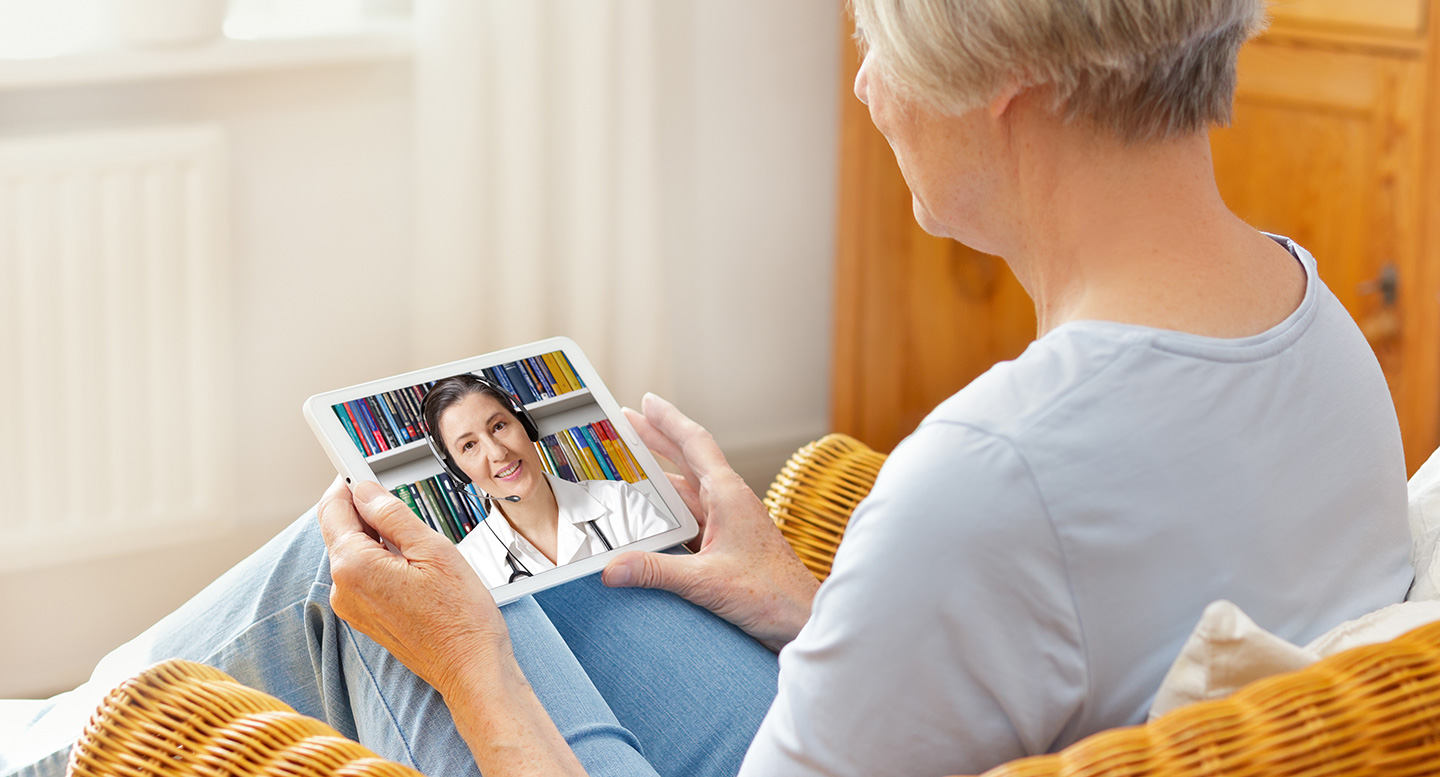Remote appointments aid the treatment of asthma and other chronic lung diseases
Professionals | 4/14/2022
Telemedicine is not an invention, as doctors have already been using the telephone as part of their job for around hundred years. In the past decade or so, remote appointments have taken new forms, and the usage of those has risen sharply during the pandemic.
The term telemedicine is used when the doctor and the patient are physically in different spaces, connected by communication technology such as phone, video connection, chat, or encrypted email connection. The opportunities, challenges, and the future of telemedicine were addressed in Finland during The Finnish Medical Convention 2022 in January. It became clear that these new treatment practices are here to stay.
“As doctors gain experience and understanding they will surely become more confident in taking care of things remotely. At the same time, technology improves and patients learn to use it. It will be interesting to see whether the growth of these remote services continues after the pandemic,” says MD Sami Heistaro, the Head of Education at the Finnish Medical Association.
Remote services are best suited for continuous doctor-patient relationship
Remote appointments are best suited for collecting information and planning diagnostic examinations or for treating chronic diseases when the patient is familiar to the doctor.
Distance is not an obstacle in telemedicine and, for instance, all family members can attend an appointment even if they live in different places. For an experienced doctor, remote consultations provide more flexibility and an opportunity to work remotely.
The success of remote services depends on well-functioning connections and equipment, but also the patient’s ability to communicate and use the required technology. On the other hand, the threshold to attend an appointment can be lower as telemedicine can increase the sense of security when the patient can participate in the appointment in their familiar environment.
“The doctor must feel that they can do their best for the patient and treat them appropriately. They need to always have the option of directing the patient to the doctor's office if treating remotely does not prove to be sufficient. Also, the patient must give their consent to the remote appointment,” says Heistaro.
Clinical experience is key
Ensuring quality and safety is crucial when practicing e-health. The recommendations for using telemedicine by the Finnish Medical Association were approved in 2016, and the guidelines are currently being updated.
It is the doctor’s experience that forms the foundation for remote appointments and patient care. During summer 2021 the Finnish Medical Association ruled that telemedicine without immediate senior support is not suitable for junior doctors, because it requires adequate practical knowledge.
“Clinical experience is key. The possibilities of remote appointments can only be assessed by someone with solid experience in examining patients in person,” Heistaro says.
As future doctors are trained, it is important to teach them skills that are needed in telemedicine. According to Heistaro, the core of the curriculum should be clinical competence and interaction skills. Understanding the treatment environment and system and having sufficient technical skills are crucial. There are many online courses available focusing on specific telemedicine skills.
“Basic operations, clinical examination of the patient, and interaction skills are essential in medical studies. The patient is always at the centre, also in telemedicine/e-health.”
Five tips for successful remote appointment
1. Ensure peace and quiet
You need a quiet room where you can work without interruptions – this is important also in terms of data protection.
2. Make sure equipment works
Put your phone on silent mode and ensure that all required programmes and hardware are working as they should.
3. Have everything in hand
Make sure you have pen and paper or any other equipment you may need.
4. Take it slow
During a remote appointment, communication can be more limited and even the connection may cut off. Maintain a slower pace and don't be afraid to take breaks to provide the patient enough time to process what has been said.
5. Recognise patient’s needs
If the treatment requires, suggest that the patient sees a doctor in person.
Text by Laura Iisalo
Photo by iStock

